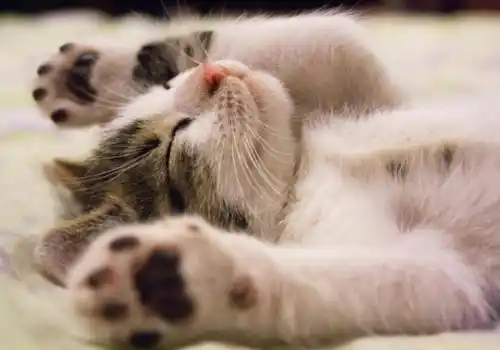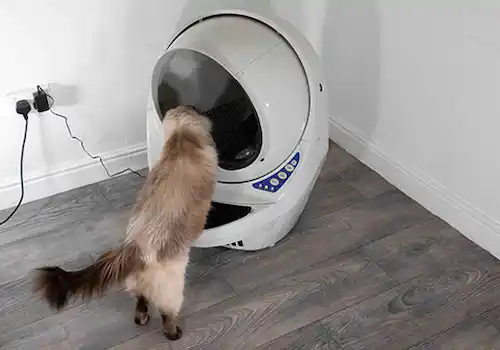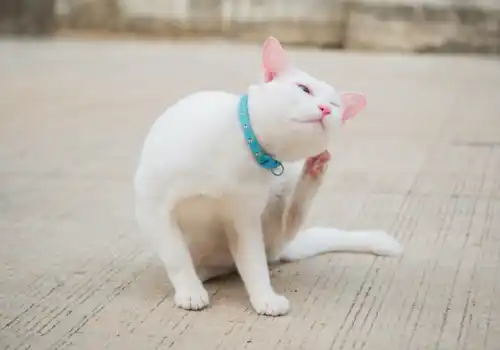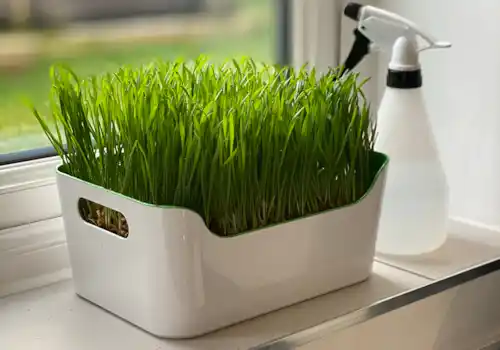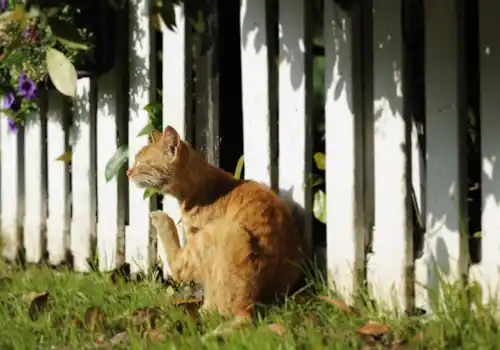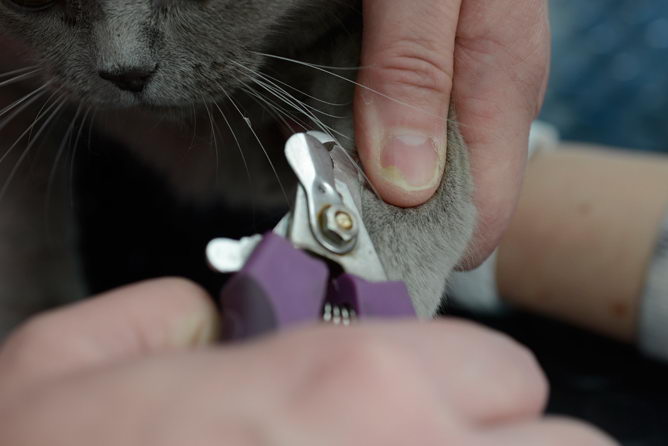PDSA vet Vicki Larkham-Jones discusses the importance of grooming your kitten.
While cats are somewhat renowned for their immaculate personal hygiene, helping them with their grooming can sometimes be necessary. This is particularly essential for longhaired cats to prevent fur becoming tangled and matted, but also has important health benefits for all cats.
Grooming stimulates circulation, improves muscle tone and minimises fur balls, as well as giving you an opportunity to check their coat, skin and general health. It also helps to reinforce the bond between you and your cat.
The key to stress-free grooming is to start at an early age! As with any new experience, it should first be done slowly and gently, rewarding your kitten for relaxed behaviour with a praising and soothing voice.
- Use a suitable brush or comb - as your vet or groomer if you're not sure what to use.
- Allow your kitten to sniff and play with the brush first, rubbing their face on it to mark their scent.
- Once they are comfortable with the brush or comb you can gently brush them, starting with their back and sides.
- If your kitten remains calm then praise them, but if they become aggressive towards the brush just stop and turn away, ignoring your kitten for a short time.
- Keep sessions short to start with - just a couple of minutes.
- End each session on a positive note, you could even offer a healthy treat initially at this stage.
- As your kitten becomes more familiar with the grooming sessions, you can start to move to other areas, such as their tummy and head, keeping sessions short initially.
- Gradually increase the length of the sessions until you can fully groom your kitten.
Your kitten should grow to enjoy their regular pampering sessions with you! Plus it's a great opportunity to check your kitten over for any signs of ill health or skin problems.
How to cut a kitten's claws
Checking your kitten's nails is an essential part of cat grooming.
Being able to go outdoors and having a suitable scratch post will usually keep claws at the right length, but you should regularly check your cat's claws and trim them if necessary. If the claws get too long they can grow inwards, causing pain and infection. Cats that don't go outside are more prone to this, and may need their claws clipping more often.
As with many experiences, getting your kitten used to nail-clipping from a young age will make things much easier as they grow older. Whether you intend to clip the claws yourself, or ask a groomer or veterinary professional to do this, familiarising them with people touching their paws and claws will make things much less stressful in later life - for both the clipper and the cat!
Start by gently stroking your kitten's paws, ideally from around three weeks of age. Once they are used to this, gently apply pressure to the paw using your thumb and finger to carefully extend the claws. If your kitten remains calm, use your other hand to gently 'pretend trim' a claw. Keep doing this regularly over several days, and reward your kitten with praise and attention when they remain calm.
Next introduce the clippers - special claw clippers are best and are available from pet shops. Allow your kitten to sniff the clippers and rub their face against them, then gently touch the clippers to the paws and claws, again rewarding calm behaviour. Then, choose a time when your kitten is calm and relaxed and place them securely on your lap with one arm around them so your hand can reach their paws.
Starting with a front paw, gently squeeze the toe pad to extend the claws, then with the clippers in your other hand carefully clip the very tip of one nail. Aim to cut well clear of the quick - this is the blood vessel and nerve that runs through the claw. In clear nails you can see the quick as a pinkish area running through the middle, ending before the tip of the claws, but in dark nails it may not be visible.
Cutting into the quick will result in bleeding and can be quite painful, which is likely to put your kitten off the process in future, so it's best to be over-cautious initially. If it does bleed, don't panic apply a silver nitrate stick to the end of the claw and press a cotton wool ball against it for a moment. If it continues to bleed contact your veterinary practice for advice. If you're not confident, or your kitten has dark claws, it may be best to have their first clipping done at your local vet practice, so a vet or vet nurse can demonstrate where to cut.
Clip just one or two claws at a time to start with, and praise your kitten when they remain calm. Gradually increase the number of claws you clip each time. If they get distressed just stop and go back to the previous step the following day, until they remain calm throughout the procedure. Eventually your kitten should be quite comfortable with you clipping their claws when necessary. Check their claws every week, making sure to check the dew claws on the inside of their legs.

